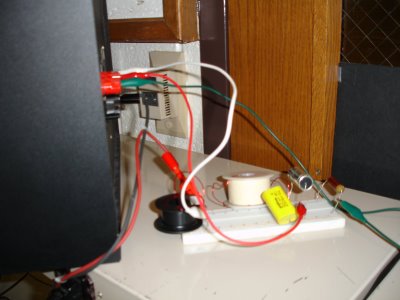
3 Way Crossover Network Circuit
Loudspeaker is a very important component of a hi-fi system.By adding a crossover network to the system of speakers, the low, high and mid-range frequencies can be separated and fed into a woofer, tweeter and mid-range speaker respectively.
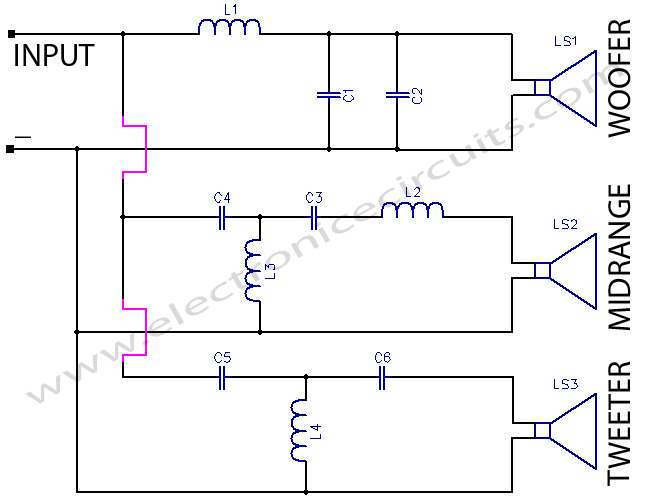
| PARTS LIST | |
| C1 | 3.3 µf 50v N.P. |
| C2 | 4.7 µf 50v N.P. |
| C3 | 3.3 µf 50v N.P. |
| C4 | 3.3 µf 50v N.P. |
| C5 | 0.68 µf |
| C6 | 1 µf 50v N.P. |
| R1 | 3.3 Ω 2W |
| R2 | 4.7 Ω 2W |
| R3 | 6.8 Ω 2W |
The given circuit uses four inductances of 0.1, 0.2, 0.3 and 1 mH, each having 70, 100, 120 and 200 turns of 18SWG wire on the johnson-john adhesive tape bobbins having 2.5 cm length and 2.5 cm dia.The speakers used have an impedance of 8-ohm each, and the circuit can be used for amplifiers with output rating of a maximum of 50 watts RMS per channel.
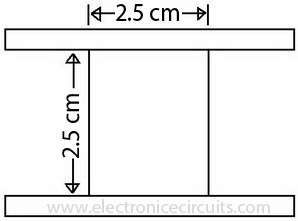
The capacitors used are non-polarised type, which can be made by connecting end to end two capacitors of double the required value, as shown. All the capacitors are 50V type.The crossover frequencies are 500 Hz and 2.5 kHz. All the inductors are air core type. Resistors are 2W type.
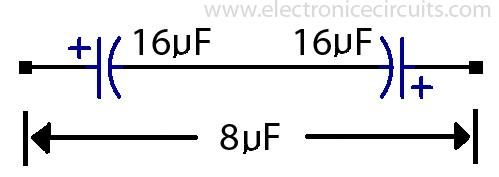
Since a high frequency producing tweeter generally sounds very loud compared to the mellower outputs of a woofer and a mid-range speaker, the tweeter’s output can be reduced by introducing the attenuation circuit shown in Fig. 4. Using one-pole, four-way switch S1, the tweeter’s output can be reduced to a desired extent or allowed to pass on unattenuated to the speaker.
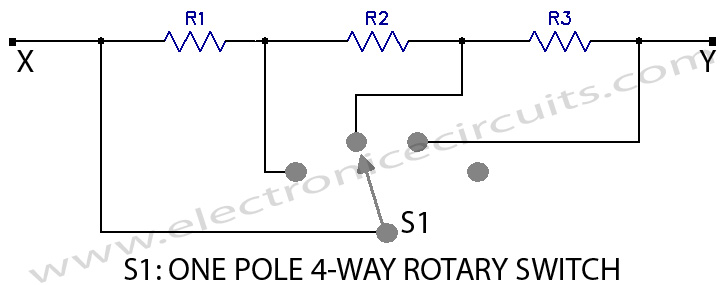
Care should be taken to connect the tweeter and the woofer in opposite phase.
Please send your ideas, those are very important for our success…
I found your blog on google and read a few of your other posts. I just added you to my Google News Reader. Keep up the good work Look forward to reading more from you in the future.
Good! What a wonderful posting! Some advice:If you ever then add pictures, it might be easiler for you to adhere to!
Excellent brief and this article helped me alot. Say thank you I looking for your information….
I found your blog on google. I think it’s pretty cool.
Its cool..
btw, what should I do if I want to connect the croosover to my car speaker with 4ohm and 300w max..
Nice xover for experiment. Thank’s
thanks for sharing your design.. may i know the value of L1, L2, L3 & L4 inductors? sorry im newbie. Thanks again!
yar resistance kdr lgy ga
i have already try this circuit only tweeter worked the subwoofer and midrange did not work.